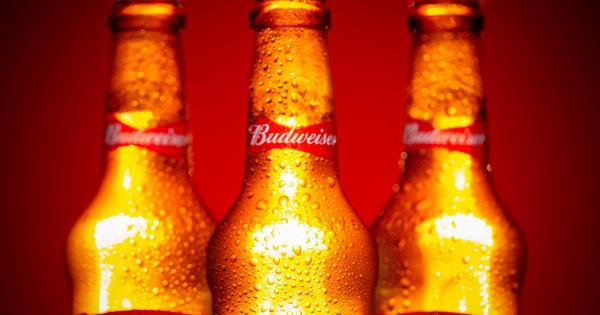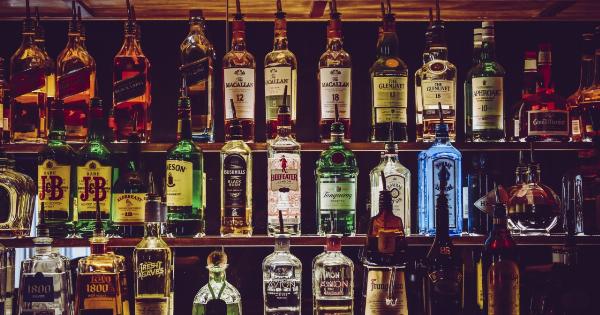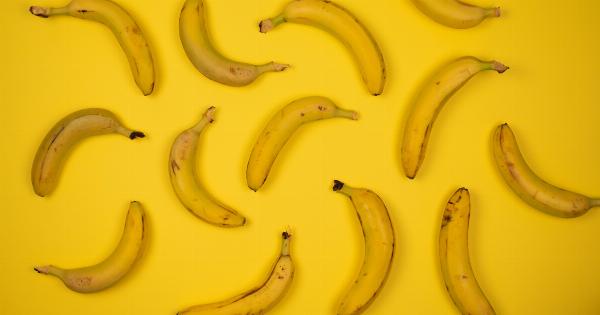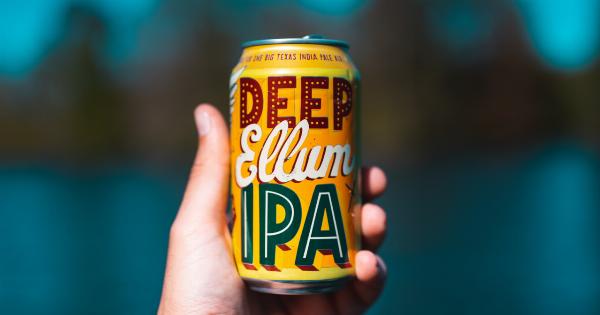Beer is one of the most popular alcoholic drinks around the world, but it also happens to be one of the most calorie-dense beverages.
Understanding the calories in beer can help you make better choices when it comes to your alcohol intake and your overall health. In this article, we’ll break down everything you need to know about beer calories and how they affect your body.
What Are Calories?
Before we dive into the specifics of beer calories, it’s important to understand what calories actually are. Simply put, calories are a unit of measurement that indicates how much energy a particular food or drink contains.
The more calories a food or drink has, the more energy it can provide to your body. However, if you consume more calories than your body needs, the excess energy can be stored as fat.
What Determines the Calories in Beer?
When it comes to beer calories, there are a few factors that determine how many calories are in each serving:.
- Alcohol content: The higher the alcohol content, the more calories a beer will typically have. This is because alcohol is a source of fuel for the body and contains 7 calories per gram.
- Ingredients: Some beers are brewed with higher-calorie ingredients, such as malt or chocolate, which can increase the overall calorie count.
- Serving size: The more beer you consume, the more calories you’ll take in. This means that a large bottle or pint of beer can contain significantly more calories than a small can or glass.
The Average Calorie Count for Different Types of Beer
Now that you understand the factors that determine beer calories, let’s take a look at the average calorie count for some of the most popular types of beer:.
- Light beer (12 oz): 55-110 calories
- Lager (12 oz): 140-170 calories
- Pale ale (12 oz): 150-180 calories
- India pale ale (IPA) (12 oz): 170-200 calories
- Stout (12 oz): 210-320 calories
- Belgian beer (12 oz): 170-300 calories
How to Reduce Your Beer Calorie Intake
If you’re trying to keep your beer calorie intake in check, there are a few things you can do:.
- Choose light beer: Light beer typically has fewer calories than other types of beer. However, keep in mind that some light beers may also have less alcohol content, which could affect the overall taste and experience.
- Stick to smaller servings: Drinking smaller glasses or cans of beer can help you consume fewer calories overall.
- Opt for lower-calorie ingredients: Some beers are brewed with lower-calorie ingredients like fruit or herbs. These can be a good option if you’re trying to cut down on calories.
The Bottom Line
Understanding the calories in beer can help you make more informed decisions when it comes to your alcohol intake and overall health.
Keep in mind that beer can be a significant source of calories, especially if you drink larger servings or higher-alcohol content beers. By choosing lighter, lower-calorie options and sticking to smaller servings, you can still enjoy a beer without having to worry about packing on the pounds.




























